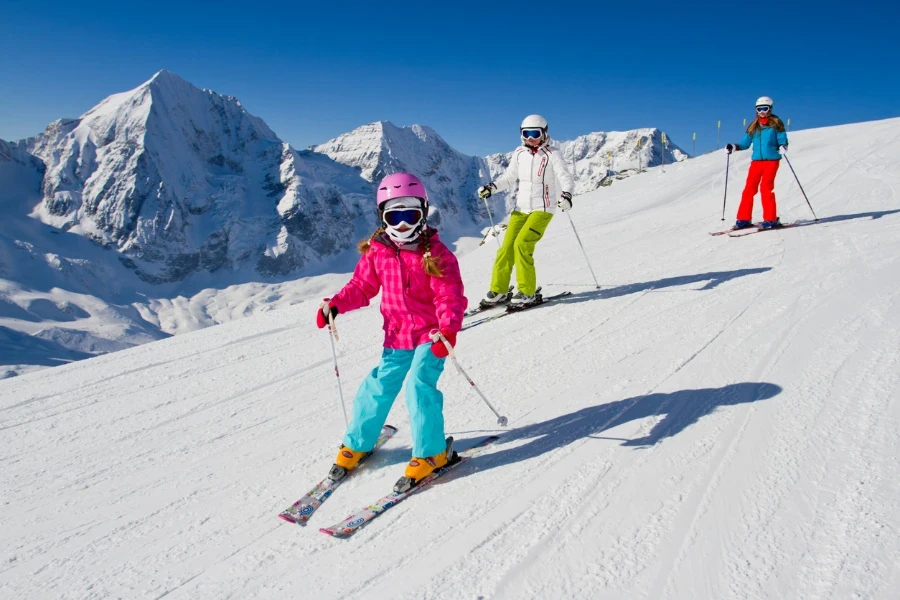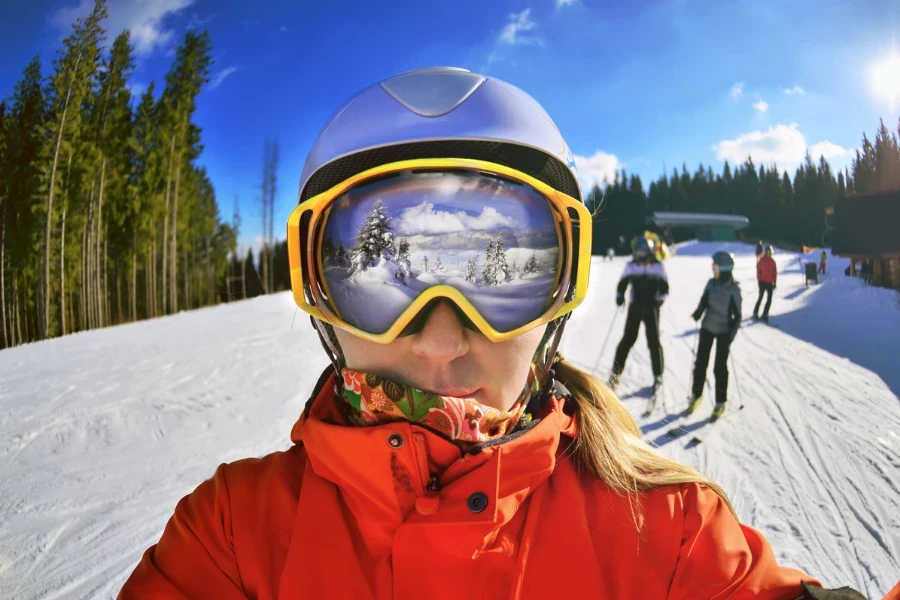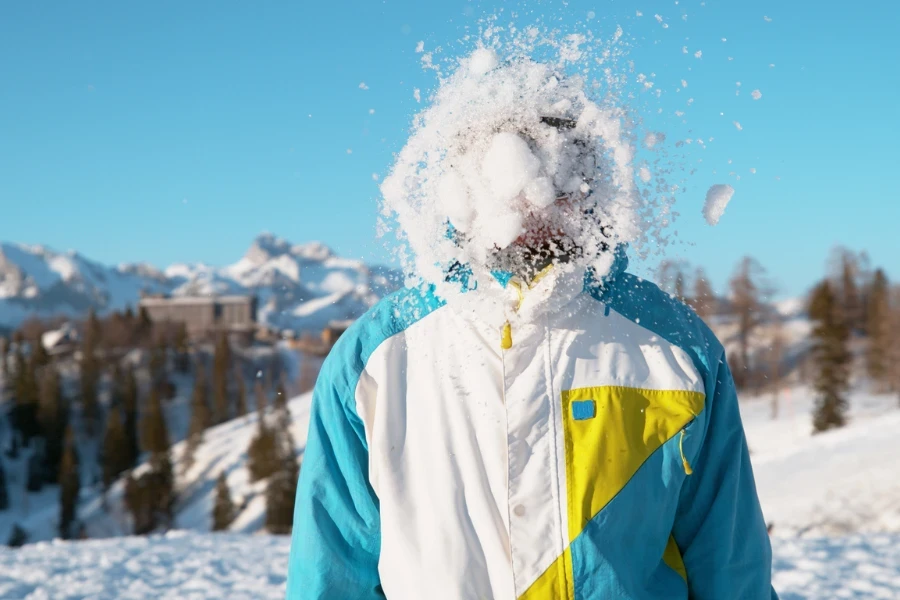When it comes to winter sports, vision is everything. Snow goggles are not just an accessory; they are a necessity. They protect your eyes from harmful UV rays, improve visibility in various weather conditions, and prevent snow blindness. This article delves into the critical aspects of snow goggles that enthusiasts and professionals alike prioritize. From lens technology to comfort and fit, we uncover the nuances that make a significant difference on the slopes.
Table of Contents:
– Importance of lens technology in snow goggles
– Understanding fit and comfort
– The role of ventilation and anti-fog features
– Durability and impact resistance
– Style and personalization
Importance of lens technology in snow goggles

Lens technology is at the heart of snow goggles’ functionality. The right lens can dramatically improve visibility by enhancing contrast and depth perception, crucial for spotting obstacles and changes in terrain. Photochromic lenses, for instance, adjust their tint based on light conditions, providing optimal vision in bright sunlight and overcast skies alike. Polarized lenses reduce glare from reflective surfaces, a common challenge on snowy mountains. Meanwhile, interchangeable lens systems offer versatility, allowing users to swap lenses according to weather conditions and personal preference.
In the realm of lens technology, UV protection is non-negotiable. Prolonged exposure to UV rays can lead to snow blindness, a painful condition caused by sunburned corneas. Quality snow goggles offer 100% UV protection, safeguarding your eyes against the sun’s harmful effects. Additionally, the lens shape contributes to a wider field of view. Spherical lenses curve both horizontally and vertically, minimizing optical distortion and providing a more accurate representation of the landscape.
Understanding fit and comfort

The importance of a proper fit cannot be overstated. Snow goggles that are too tight can cause discomfort and impair circulation, while too loose goggles risk letting in snow and cold air. Look for goggles with adjustable straps that provide a secure yet comfortable fit. A good pair should seamlessly integrate with your helmet, if you wear one, without creating gaps or pressure points.
Comfort extends beyond the fit. The material of the foam padding plays a vital role in comfort and warmth. Dual or triple-layer foam with a fleece lining offers both plush comfort and effective moisture management, keeping your face dry and warm. Additionally, the weight of the goggles is a factor to consider. Lightweight materials reduce fatigue, allowing you to enjoy longer sessions on the slopes.
The role of ventilation and anti-fog features

Ventilation is crucial in preventing lens fogging, a common issue that can impair visibility. Well-designed snow goggles feature strategic venting that promotes airflow, drawing fresh air in and expelling warm, moist air. However, ventilation alone may not suffice in all conditions. That’s where anti-fog coatings come into play. These coatings, applied to the inner lens surface, prevent moisture from condensing into fog. Some goggles also incorporate fans or electronic anti-fog systems for enhanced clarity.
Durability and impact resistance

Durability is a key consideration, especially for those who frequent the slopes. Snow goggles must withstand impacts, from minor falls to encounters with tree branches. Polycarbonate lenses are known for their impact resistance, offering robust protection without compromising clarity. The frame material also contributes to durability. Flexible frames absorb impacts better and are less likely to break or deform.
Moreover, scratch resistance extends the lifespan of snow goggles. A scratched lens can impair vision and necessitate premature replacement. Look for lenses with hard coatings that resist scratching from routine cleaning and contact with gloves or clothing.
Style and personalization

While functionality reigns supreme, style and personalization play significant roles in the selection of snow goggles. Today’s market offers a wide range of colors, patterns, and shapes to suit personal tastes and complement other gear. Some models allow for customization, such as replaceable straps and lenses in various hues, enabling users to tailor their goggles to their style and the conditions.
Conclusion: Choosing the right snow goggles enhances not only your performance on the slopes but also your safety and comfort. By prioritizing lens technology, fit, ventilation, durability, and personal style, you can find a pair that meets your needs and elevates your winter sports experience. Remember, the right snow goggles are an investment in your passion for the mountains.



